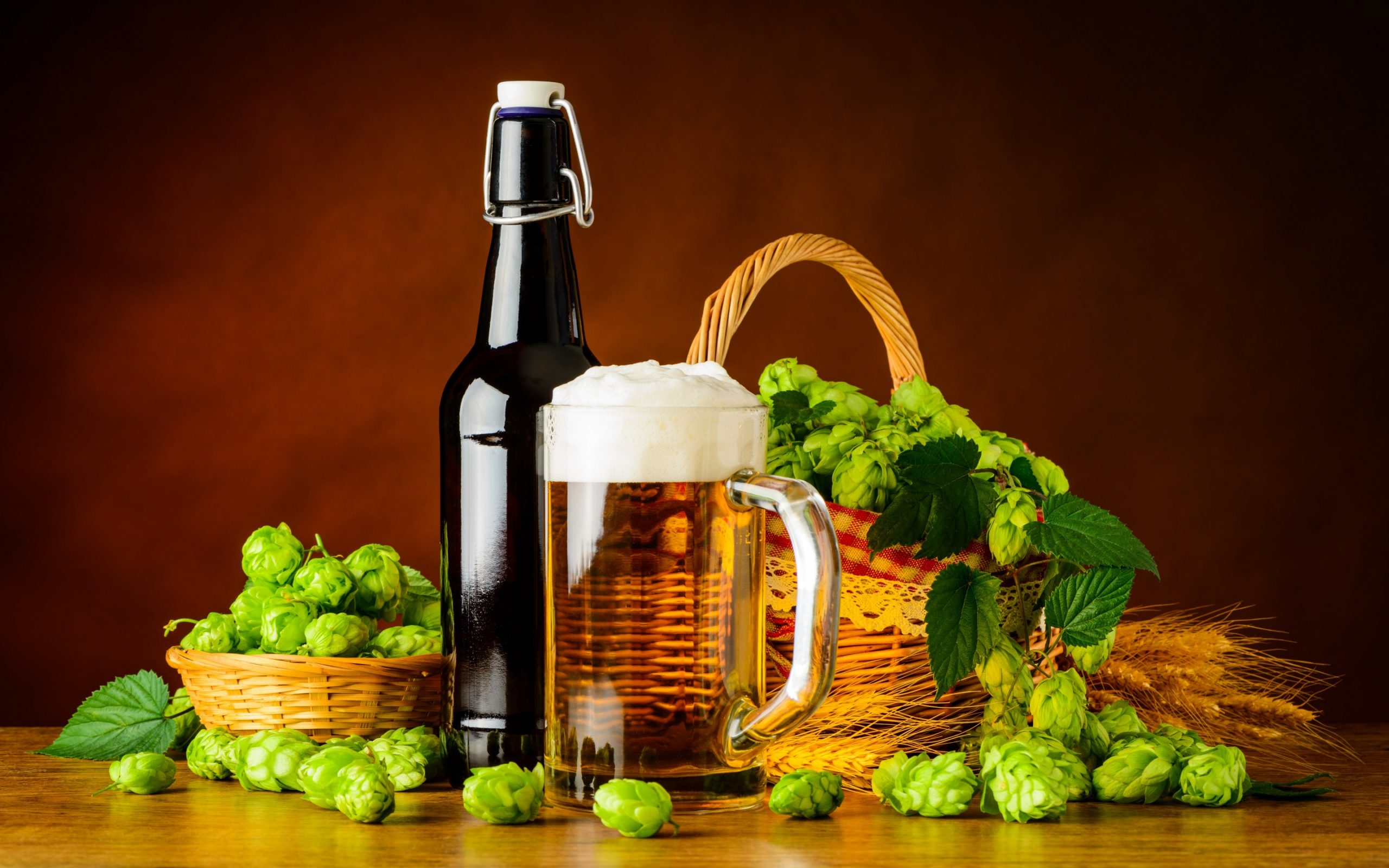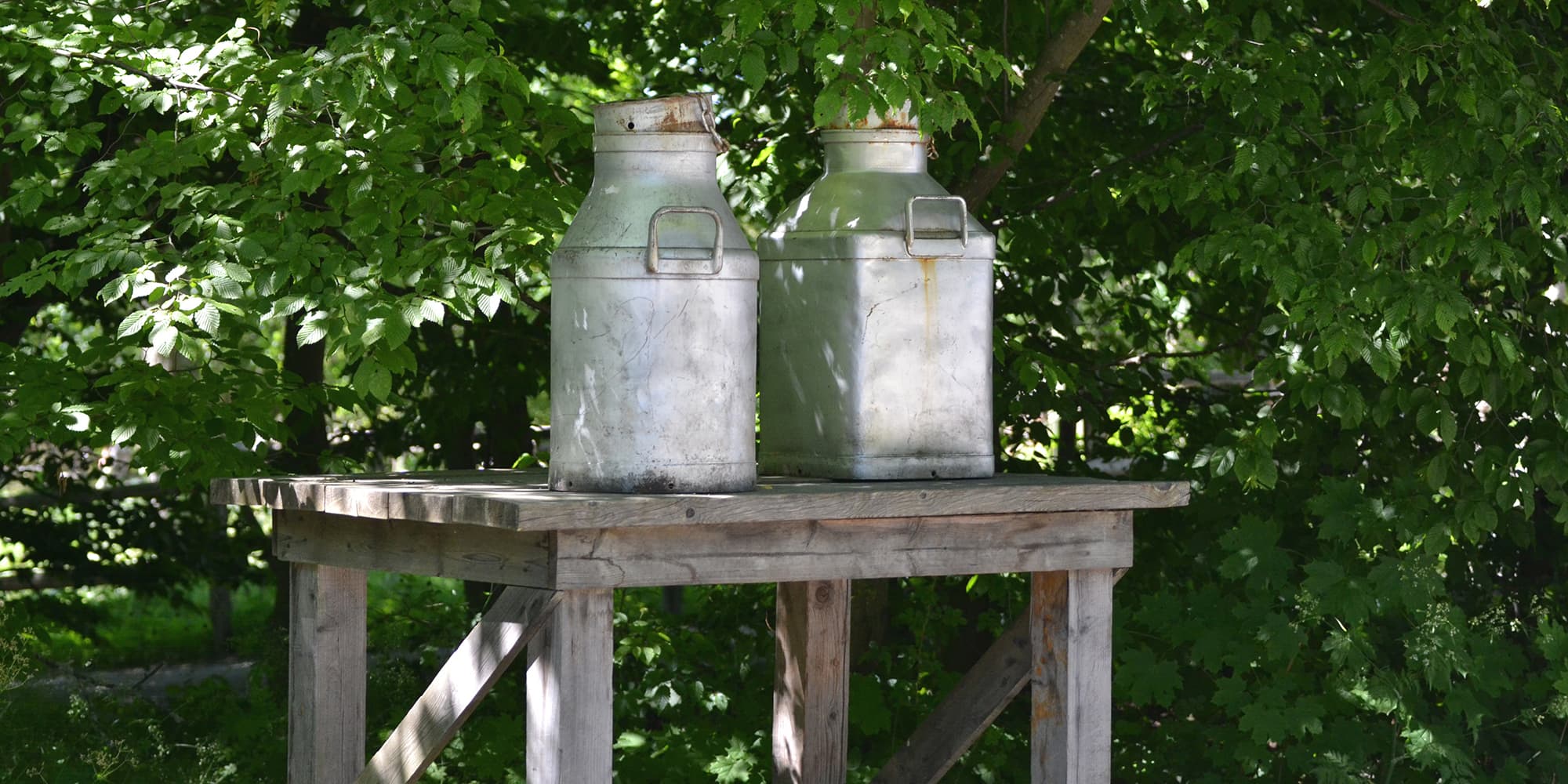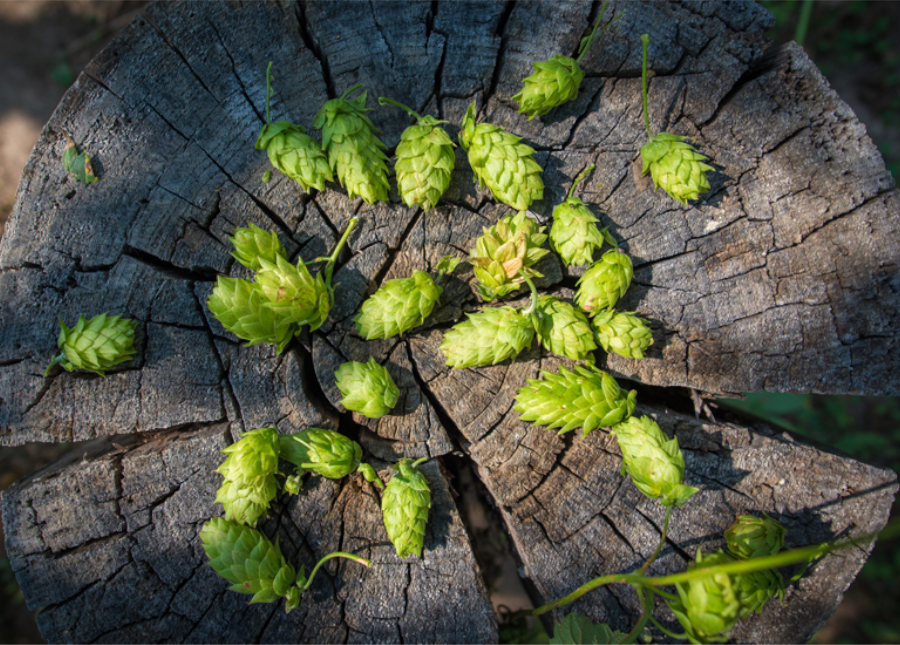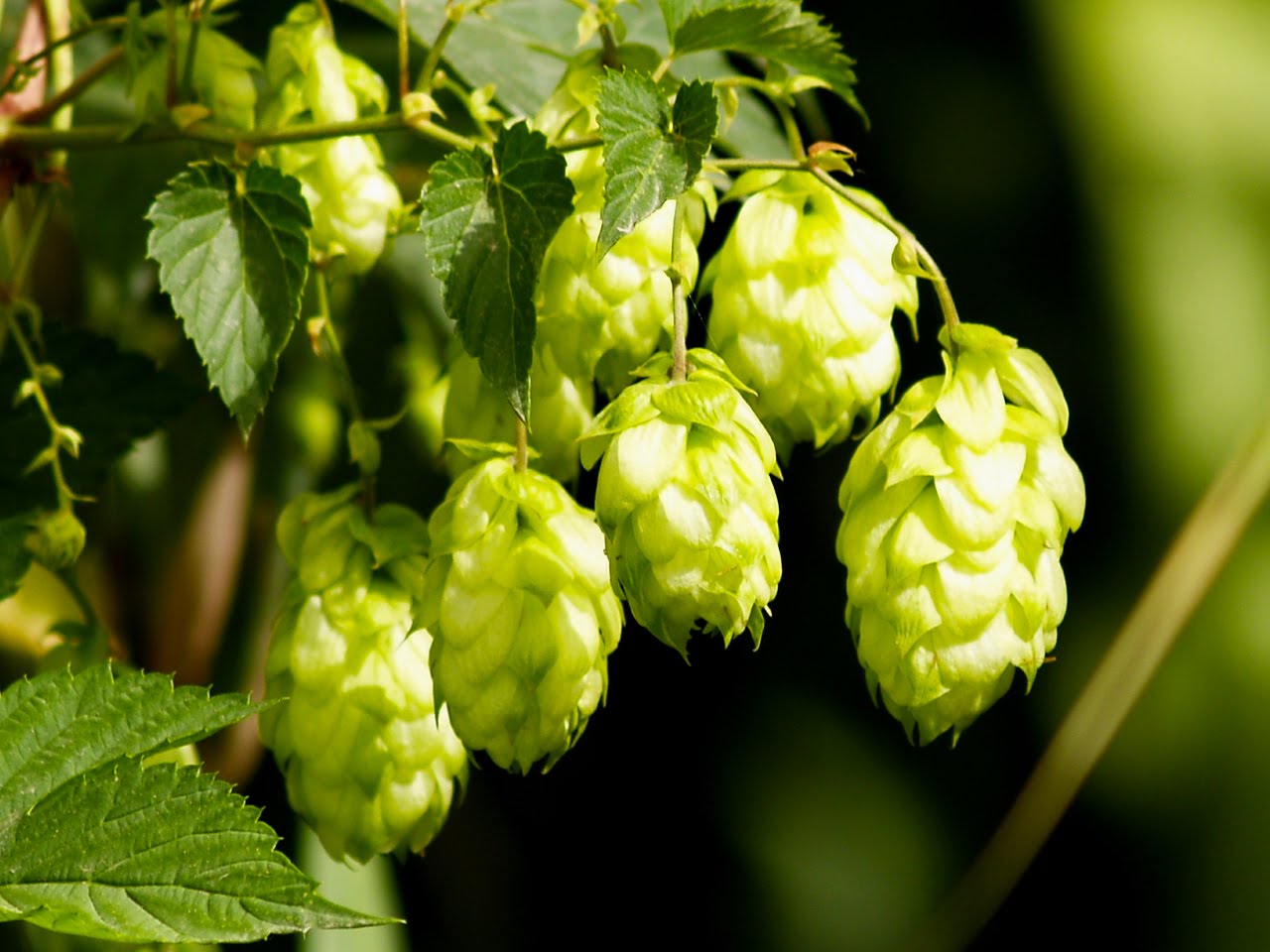
The “Aroma Smart” System
Gorst Valley Hops’ small size enables it to dry its hops to the necessary standard. The company has even developed a drying method, which they call the “aroma smart” system. In this process, 2 big machines use dehumidifiers and outside air to dry the hops before shipping them to be processed into pellets. Hops manufacturers in other parts of the world dry their hops using high heat, usually, 150-160 degrees. However, this is disadvantageous since it takes away all the aroma components which are essential in giving a beer flavor. Gorst Valley Hops’ method does not use heat and all the aromas are maintained. The only disadvantage of using this method is that it consumes 3 times as much time as the method used by other hops producers. Gorst Valley Hops’ hop-drying method can be likened to making a good barbecue, in that, low and slow makes a better barbecue than rushing it.
At first, skeptics questioned whether this method was practical. However, studies have revealed that Gorst Valley Hops’ hops-drying method is more effective in preserving the hops’ flavor essence.
After many years of experimentation, Gorst Valley Hops launched 2 pioneering hops varieties to the market: Top Secret and Skyrocket. Gorst Valley Hops’ Top Secret was developed using hops originally found in Wisconsin. The variety is not an IPA. It is used to make farmhouse ales, pilsners, and blondes. Although IPA was trending at the time Gorst Valley Hops developed Top Secret, the company anticipated the local brewing trends would change and therefore created a futuristic beer ingredient, so to speak.
Skyrocket on the other hand was developed to take advantage of the current IPA trend. As you would expect, this variety became very successful during the initial years of its launch. Beer manufacturers are always looking for something new to make their drinks unique. Skyrocket is native to Wisconsin and offered a unique flavor than that available in the market at the time.
Altwies hopes that Wisconsin will return to its former hop-growing glory. In addition, Altwies is seeking to recruit more small-scale farmers into the program since he believes that Wisconsin is the ideal area to cultivate traditional, European varieties of hops. Gorst Valley Hops holds workshops such as Hops Production 102 and 101 to teach farmers how to successfully grow a specialized hop variety. In doing so, Altwies hopes that Gorst Valley Hops will dominate the craft beer scene in Wisconsin. Altweis recognizes that although growing hops is not necessarily challenging, it is quite labor-intensive and requires a lot of commitment. This is where Gorst Valley Hops comes in. The company will help you through your hop-growing journey with as little as one acre. If you are seeking someone to hold your hand through your hop-growing journey in Wisconsin, Gorst Valley Hops is your best bet.…


